Nothing ever stays the same and sometimes you have to change direction. I have always been open to doing things differently, but it can be hard to take the first step.
I have been breeding my suckler cows and heifers to maternal genetics for a long number of years. I have been trying to produce lots of heifers that will make good cows and have even used some sexed female semen to maximise numbers.
This has worked really well for me. I only put heifers in-calf that I think would make good cows, and I only breed ones that I would be happy to have in my own suckler herd.
After scanning, I decide how many I need for myself and I just take the first ones that have held in-calf. I don’t pick and choose on looks – it’s all down to the expected calving date.
This ensures that my heifers calve early, and I have a better chance of getting them back in-calf a second time.
Then I sell all the surplus heifers that are in-calf and fatten the ones that are not pregnant.
The in-calf heifers are sold at home and I have people that come back every year because they are happy with what they are getting.
Price
The way I have worked on price is very simple. Traditionally, I got a couple of hundred pounds above what I received for their male equivalents. I felt this was fair, as I needed some reward for getting them in-calf.
When I was receiving £1,300 for my bulls, I was able to get £1,500 for my heifers that were in-calf. This was a useful bonus, and both buyer and seller were content with the arrangement.
The bulls were away three or four months earlier, but had eaten more meal.
A rethink
Over the last few years, things have changed. My bulls are away this year and have averaged £2,000 each. So, if I am to retain a similar margin, I need to be getting £2,200 for my in-calf heifers.
I don’t honestly believe that I am going to get that much for them, so I have had to have a rethink about my breeding policy.

"I don’t pick and choose on looks – it’s all down to the expected calving date. This ensures that my heifers calve early, and I have a better chance of getting them back in-calf a second time."
I have decided that having more heifers is no longer the most profitable route.
I have stopped using sexed semen. The sexed semen was more expensive and conception rates are not as good. With no bonus for my heifers, it is no longer economically viable.
In addition, I have only used maternal genetics at the start of my breeding period. Then, when I felt that I had enough in-calf, I changed to more terminal genetics.
But there is another issue that is at the back of my mind.
Disease
Last year, I sent some cull cows to the factory and one supposedly showed signs of TB. So my herd was closed and I had to go through the torture of having to TB-test my whole herd – twice.
What made matters even worse was that I was in the middle of selling my in-calf heifers. This put a real spanner in the works. It meant that I had to keep more heifers than I intended to.
I’m not totally convinced it is the right option, but as things currently stand, there is no longer a sufficient bonus for the in-calf heifers to justify the extra time and money in putting them in-calf.
Then there is the added uncertainty of TB, which can turn things on their head.
Farming isn’t always about doing the same thing for ever.
Sometimes you have to change or evolve. Hopefully, this change in direction proves to be the right one.
Read more
Watch: repairing the damage from the wet spring
Farmer Writes: taught a lesson by a red and white Moilie
Nothing ever stays the same and sometimes you have to change direction. I have always been open to doing things differently, but it can be hard to take the first step.
I have been breeding my suckler cows and heifers to maternal genetics for a long number of years. I have been trying to produce lots of heifers that will make good cows and have even used some sexed female semen to maximise numbers.
This has worked really well for me. I only put heifers in-calf that I think would make good cows, and I only breed ones that I would be happy to have in my own suckler herd.
After scanning, I decide how many I need for myself and I just take the first ones that have held in-calf. I don’t pick and choose on looks – it’s all down to the expected calving date.
This ensures that my heifers calve early, and I have a better chance of getting them back in-calf a second time.
Then I sell all the surplus heifers that are in-calf and fatten the ones that are not pregnant.
The in-calf heifers are sold at home and I have people that come back every year because they are happy with what they are getting.
Price
The way I have worked on price is very simple. Traditionally, I got a couple of hundred pounds above what I received for their male equivalents. I felt this was fair, as I needed some reward for getting them in-calf.
When I was receiving £1,300 for my bulls, I was able to get £1,500 for my heifers that were in-calf. This was a useful bonus, and both buyer and seller were content with the arrangement.
The bulls were away three or four months earlier, but had eaten more meal.
A rethink
Over the last few years, things have changed. My bulls are away this year and have averaged £2,000 each. So, if I am to retain a similar margin, I need to be getting £2,200 for my in-calf heifers.
I don’t honestly believe that I am going to get that much for them, so I have had to have a rethink about my breeding policy.

"I don’t pick and choose on looks – it’s all down to the expected calving date. This ensures that my heifers calve early, and I have a better chance of getting them back in-calf a second time."
I have decided that having more heifers is no longer the most profitable route.
I have stopped using sexed semen. The sexed semen was more expensive and conception rates are not as good. With no bonus for my heifers, it is no longer economically viable.
In addition, I have only used maternal genetics at the start of my breeding period. Then, when I felt that I had enough in-calf, I changed to more terminal genetics.
But there is another issue that is at the back of my mind.
Disease
Last year, I sent some cull cows to the factory and one supposedly showed signs of TB. So my herd was closed and I had to go through the torture of having to TB-test my whole herd – twice.
What made matters even worse was that I was in the middle of selling my in-calf heifers. This put a real spanner in the works. It meant that I had to keep more heifers than I intended to.
I’m not totally convinced it is the right option, but as things currently stand, there is no longer a sufficient bonus for the in-calf heifers to justify the extra time and money in putting them in-calf.
Then there is the added uncertainty of TB, which can turn things on their head.
Farming isn’t always about doing the same thing for ever.
Sometimes you have to change or evolve. Hopefully, this change in direction proves to be the right one.
Read more
Watch: repairing the damage from the wet spring
Farmer Writes: taught a lesson by a red and white Moilie





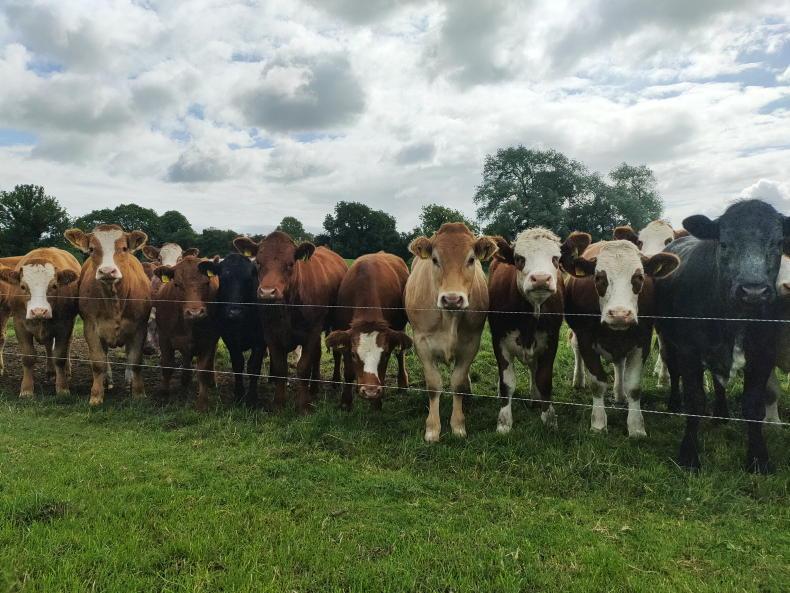
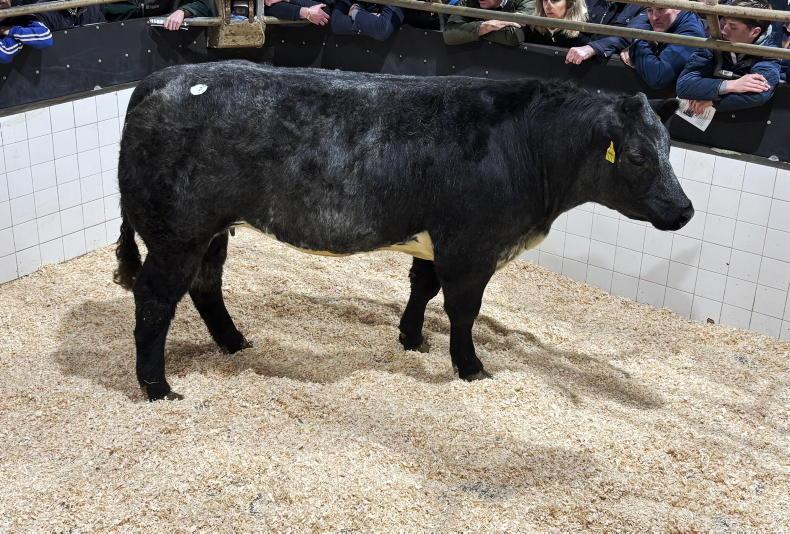

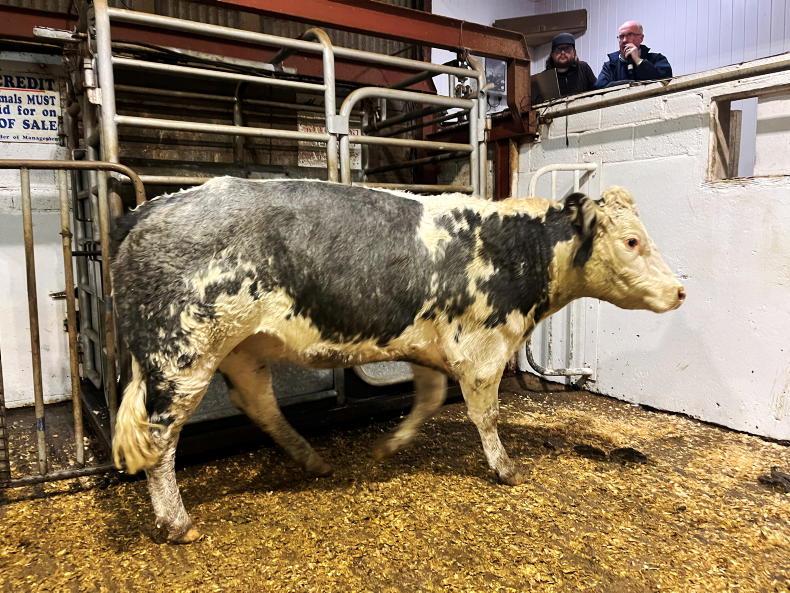
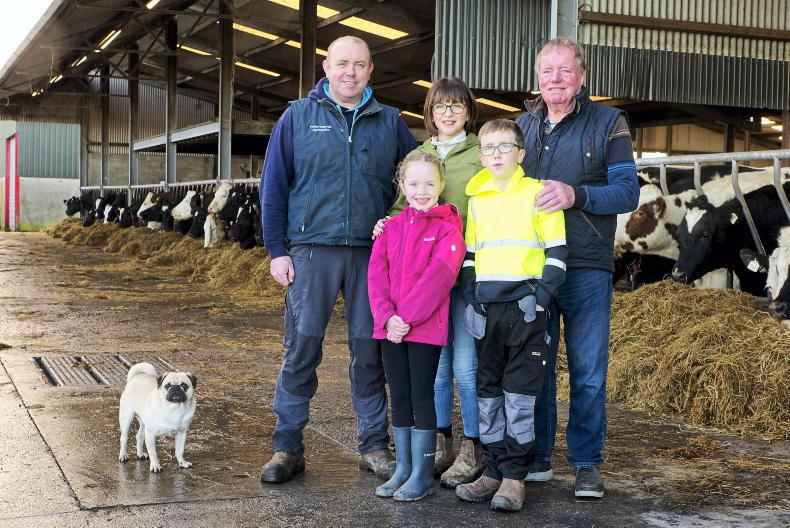
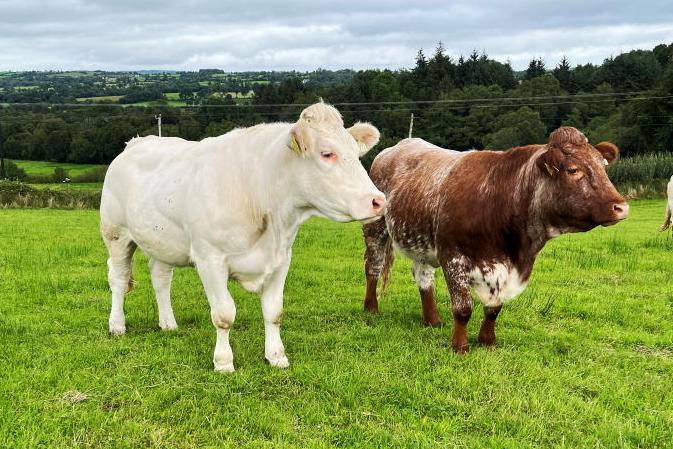
SHARING OPTIONS